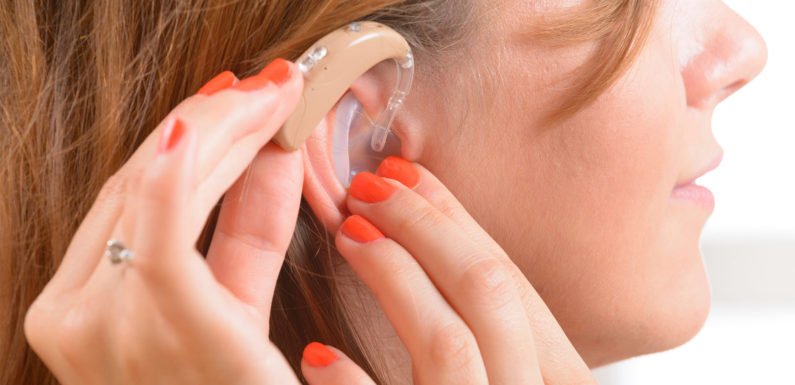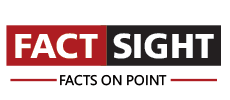
Neurostimulation devices refer to the devices used to treat neurological disorders and chronic pain by delivering tingling sensations to the damaged nerve. These devices are used in hospitals, clinics, academic research institutes and nursing homes.
The global neurostimulation device market is growing at a significant rate due to increasing prevalence of chronic pain, growing geriatric population and increasing incidents of neurological disorders. Owing to increasing incidents of neurological disorders, the demand for minimally invasive procedures is increasing including the treatment with neurostimulation devices. Moreover, the increasing awareness about mental disorders and their treatment is also increasing their demand. In addition, the increasing R&D investments for the development of novel and innovative neurostimulation devices are also supporting the growth of the market. However, the availability of alternative treatment therapies for neurological diseases and side-effects of neurostimulation therapy are the key restraints. Moreover, the high cost of neurostimulation devices acts as a major hindrance in the growth of the global neurostimulation device market.
Geographically, Europe is the second largest market for neurostimulation devices in the world. The market for neurostimulation devices in Europe is witnessing moderate growth due to growing aging population and increasing incidences of chronic pain and neurological diseases. Among the countries, the U.K. neurostimulation device market is expected to grow at a brisk rate in the coming years.
Some of the key companies operating in the global neurostimulation device market include St. Jude Medical Inc., Aleva Neurotherapeutics SA, Boston Scientific Corporation, Medtronic PLC, Cochlear Ltd., LivaNova PLC, Neurosigma Inc., Neuropace Inc., Synapse Biomedical Inc., MED-EL GmbH, NDI Medical LLC, Neuronetics Inc., ImThera Medical and EnteroMedics Inc.

